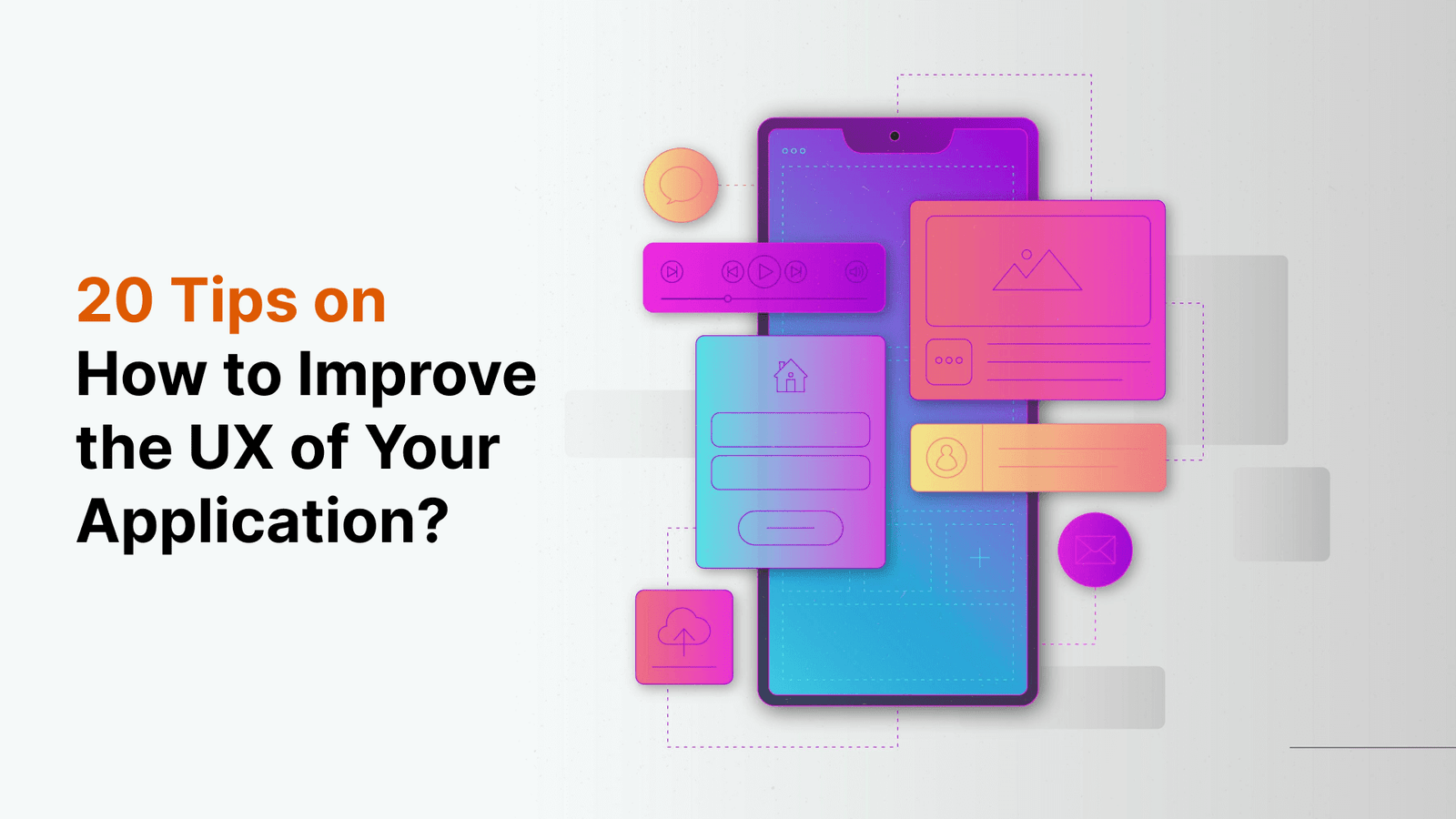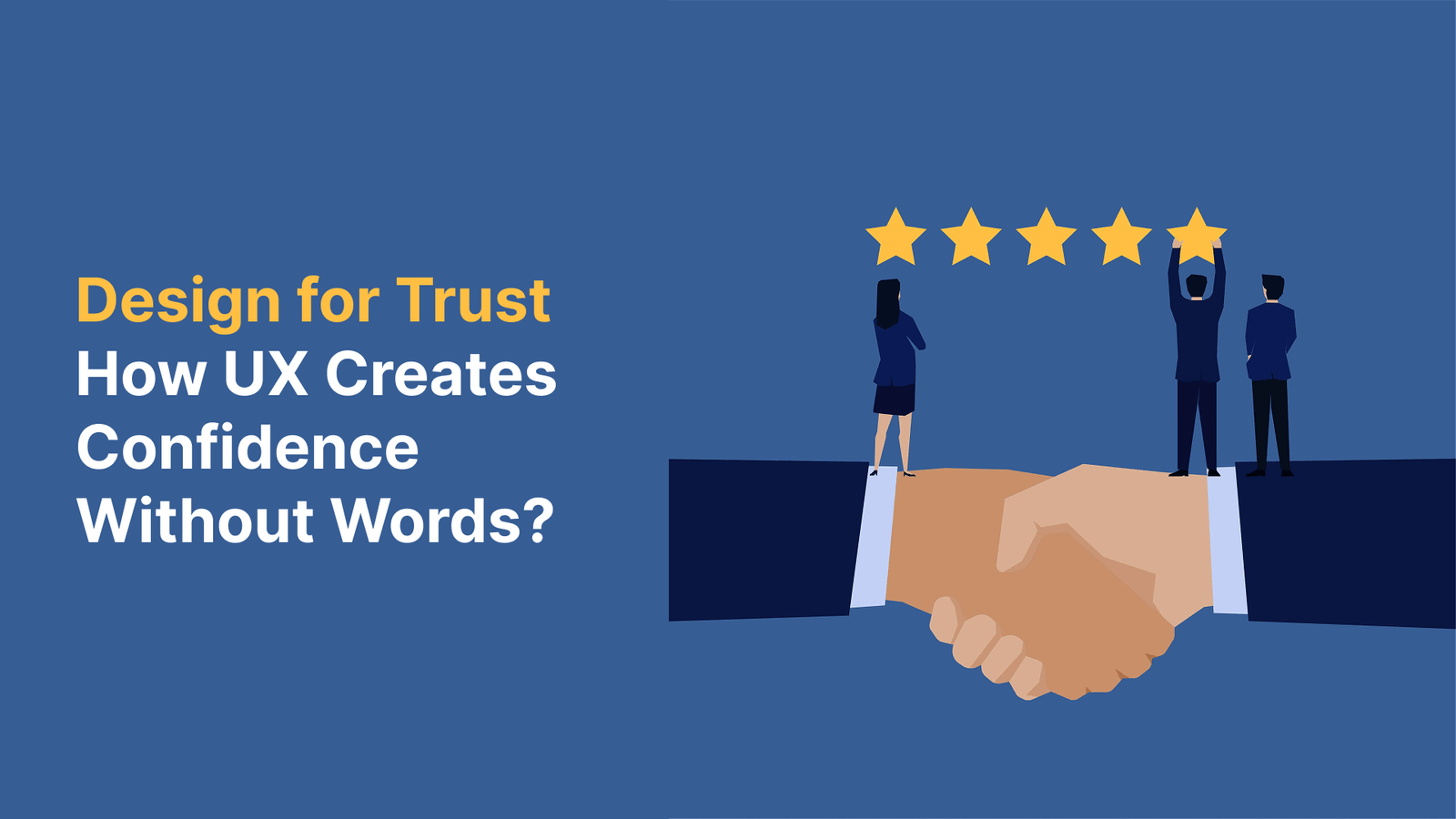Strategic design can alter your next product launch by a lot. Nearly 90% of consumers will reward brands that market authentically. This makes design strategy crucial for business success today. We’ve seen amazing examples of this. The UK government’s digital services underwent a complete makeover. Chile’s Constitucion City got a 90-day rebuild plan after devastating floods.
Strategic design reaches beyond traditional approaches. It enables designers to tackle projects with a business view that balances user needs and company goals. The management of strategic design combines three key elements. These are the foundations of success: understanding people’s needs for inspiration, creative thinking for ideas, and prototyping for testing. Strategic designers know this isn’t about looks alone. The focus stays on creating product designs that deal with complex problems in healthcare, education, and other vital sectors. This piece shows how this powerful framework can protect your product launch from failure in 2025’s competitive digital world.
What is strategic design and why it matters in 2025
![Why Strategic Design Could Save Your Next Product Launch [2025 Guide] 2 ChatGPT Image Jun 11 2025 08 08 51 PM 1](https://www.owlestudio.com/wp-content/uploads/2025/06/ChatGPT-Image-Jun-11-2025-08_08_51-PM-1-1024x683.jpg)
Strategic design applies design principles to solve complex business challenges. It reaches beyond esthetics to tackle systemic problems and lines up creative solutions with what organizations want to achieve. The field has grown from its traditional roots into an all-encompassing approach that sparks innovation and builds lasting value for businesses.
Strategic design vs traditional design
Traditional design zeroes in on esthetics and functionality, while strategic design takes an all-encompassing approach. Strategic designers participate from day one and shape core business decisions, unlike traditional designers who join after key decisions are made.
![Why Strategic Design Could Save Your Next Product Launch [2025 Guide] 3 image 4](https://www.owlestudio.com/wp-content/uploads/2025/06/image-4.jpg)
Traditional design solves immediate user needs. Strategic design tucks into deeper underlying problems that persist over time. It finds lasting solutions through thorough research and makes use of information. Strategic design reshapes the designer’s role from production expert to creative conductor. These designers now manage projects from start to finish with fewer handoffs.
How strategic design lines up with business goals
Strategic design builds a strong connection between creative problem-solving and business objectives. McKinsey’s Design Index shows that companies with strong design practices outperform industry standards by as much as 2-to-1. A newer study, published by the Design Management Institute, revealed design-led organizations showed 219% higher returns than their peers in the last decade.
This connection happens through:
- Balancing creativity with business priorities like profitability and adaptable solutions
- Merging viewpoints from multiple departments
- Linking design decisions to measurable business outcomes
- Looking at both short-term and long-term objectives
Strategic design helps businesses spot opportunities for innovation that satisfy customer expectations while supporting future goals.
Why it’s more relevant than ever in 2025
Strategic design’s importance has skyrocketed as we move through 2025. Recent studies show 88% of users won’t return to a website after a poor experience. Poor software design costs businesses trillions of dollars each year in the enterprise space.
Digital transformation speeds up, and the gap between design-led companies and their competitors grows wider. Companies need leaders who can blend user empathy, systems thinking, and business knowledge.
The boundaries between design specializations UX, visual, motion, 3D, content strategy, research have become less distinct. This creates more versatile skill sets and makes design a key part of strategy.
The 4 pillars of strategic design thinking
![Why Strategic Design Could Save Your Next Product Launch [2025 Guide] 4 ChatGPT Image Jun 11 2025 09 34 37 PM 1](https://www.owlestudio.com/wp-content/uploads/2025/06/ChatGPT-Image-Jun-11-2025-09_34_37-PM-1.jpg)
Strategic design thinking builds on four basic pillars that help solve complex design challenges. These elements work together and help designers create solutions that put users first while meeting business goals.
1. Empathy and user understanding
Empathy serves as the foundation of strategic design thinking. Designers must understand their users’ needs, challenges, and behaviors deeply. Design empathy goes beyond just knowing what users need designers must see the world through their users’ eyes.
Empathy mapping helps designers picture user attitudes and behaviors. Teams can share this understanding and spot gaps in their user data. This deep insight helps designers put aside their own views and focus on what users really need.
![Why Strategic Design Could Save Your Next Product Launch [2025 Guide] 5 image 5](https://www.owlestudio.com/wp-content/uploads/2025/06/image-5.jpg)
2. Systems thinking and long-term vision
Systems thinking lets designers see the big picture instead of separate parts. Strategic designers plan ahead for different scenarios and understand why problems happen.
They build platforms and frameworks that adapt to future needs. These frameworks match business goals with a clear product vision. A well-laid-out product vision guides teams when they face tough choices.
3. Prototyping and iteration
Prototyping involves creating preliminary models so designers can see, test, and improve concepts before full production. Teams can spot potential problems early when fixes cost less.
Research shows that teams who keep improving their designs perform better than those who don’t. Each new version takes less time to create, and the second version needs much less time than the first.
![Why Strategic Design Could Save Your Next Product Launch [2025 Guide] 6 image 3](https://www.owlestudio.com/wp-content/uploads/2025/06/image-3.jpg)
4. Storytelling and communication
Good storytelling turns user data into meaningful stories that make design concepts come alive. Stories do more than grab attention they help connect abstract ideas with real user experiences.
Brain research shows that stories help people remember and make decisions better than plain facts. Designers who explain their choices well show they’re smart, confident, and respect their stakeholders.
How strategic design improves product launch outcomes
![Why Strategic Design Could Save Your Next Product Launch [2025 Guide] 7 image](https://www.owlestudio.com/wp-content/uploads/2025/06/image.jpg)
Product success depends on both great ideas and smart execution. Smart design choices in product launches create clear advantages that affect business results.
Reducing risk through early validation
Research proves that products succeed when teams verify their assumptions before investing too many resources. Early validation through user testing reduces the risk of product failure by identifying issues when they’re least expensive to fix.
Companies that test their products with real users get honest feedback to verify their product assumptions. This approach can cut launch risks by up to 42%. Strategic designers use prototypes, market research, and scenario planning to reduce uncertainties in their product strategy.
![Why Strategic Design Could Save Your Next Product Launch [2025 Guide] 8 image 2](https://www.owlestudio.com/wp-content/uploads/2025/06/image-2-1024x683.jpg)
Aligning cross-functional teams
Strategic design builds frameworks where team members work together instead of staying isolated. Cross-functional product teams ship faster, have fewer quality issues, and deliver increased customer value.
Teams that line up their efforts create products that reflect the business’s needs, product goals, and customer demands. Product launches become smoother when marketing, engineering, and sales teams share the same vision. Strategic design creates clear documentation that tracks progress and keeps everyone on the same page throughout the design process.
Designing for scalability and sustainability
Good strategic designers plan how products will grow with increased demand. Manufacturing teams define scalability as a product’s ability to maintain quality even at higher production volumes.
Products built with growth in mind benefit from:
- Cost savings through economies of scale
- Quick adaptation to market changes
- Simplified production processes
Avoiding common launch pitfalls
Most launch failures happen because teams skip market research or departments don’t communicate well. Studies show that 88% of users won’t return after a poor experience. This fact highlights why testing before launch matters so much.
Strategic design prevents these issues through well-laid-out processes that adapt based on customer feedback. Successful companies like Slack launched their products in limited beta first. This approach helped them get exceptional feedback from early users.
Implementing a design strategy framework for your next launch
![Why Strategic Design Could Save Your Next Product Launch [2025 Guide] 9 image 1](https://www.owlestudio.com/wp-content/uploads/2025/06/image-1-1024x683.jpg)
Design principles become real-world steps when your team follows a clear framework through product launch. A five-phase approach will give your design strategy the best chance at market success.
Assess: Understand the business and user context
Success in design strategy starts with getting a full picture. Look at the business environment where your product will compete, including market trends, competitor analysis, and your company’s unique strengths. You also need to learn about how users will interact with your product in their physical, social, and technical spaces.
Define: Clarify the problem and success metrics
Your next step after gathering context is to set measurable goals for your design strategy. Set specific targets that link directly to business objectives. Your roadmap presentations need objective support, so establish key performance indicators (KPIs) early. You might track how many users adopt your product, conversion rates, or how quickly users see your product’s value.
Plan: Map out the design strategy
A good plan needs a detailed timeline from pre-launch to post-launch activities. Figure out what you need – budget, people, and tools. Make sure everyone knows their role across departments. This is when you craft your message to separate your product in the marketplace.
Execute: Collaborate and iterate with stakeholders
Teams that work together across departments get things done. Set up clear ways to communicate and share information. The MVP (Minimum Viable Product) lets you test core features with early users before investing too much. Keep collecting feedback and adjust your course as needed during development.
Measure: Track outcomes and adapt
Launch day isn’t the end. Collect numbers and user feedback to review how well you met your goals. Look for patterns and spots to improve. Keep measuring and tweaking your product to better serve your customers and hit business targets.
Conclusion
Strategic Design: The Competitive Edge Your Next Product Launch Needs
Strategic design sets products apart, determining which ones simply launch and which ones truly succeed. This piece shows how this approach reshapes the scene of product development from the original concept to market introduction.
The scene has changed from the days when traditional design practices ruled the industry. Strategic design now drives business success rather than just serving a creative function. Companies that accept new ideas in this methodology perform better than their competitors. The Design Management Institute reports they achieve up to 219% higher returns.
The four pillars empathy, systems thinking, prototyping, and storytelling are the foundations of successful strategic design. These elements create a framework that balances user needs with business objectives. Products developed through this lens connect better with customers and support organizational goals.
Data shows that early validation through strategic design cuts launch risks. Teams spot potential issues when fixes cost the least, which can lower failure rates by 42%. The strategic collaborations promoted by this approach give all departments a shared vision and purpose.
Strategic design becomes more crucial as market competition grows fiercer. Businesses using this approach gain key advantages:
- Deep user insights that drive state-of-the-art solutions
- Lower development costs by finding problems early
- Better team coordination and communication
- Products built for immediate results and future growth
The five-phase framework assess, define, plan, execute, and measure creates a clear path to your next product launch. This approach turns abstract design principles into real business outcomes.
Strategic design goes beyond making attractive products it creates successful ones. While these practices need investment and organizational changes, they consistently pay off.
Your next product launch could benefit from strategic design’s power to reshape your approach and results. The gap between meeting expectations and exceeding them often depends on strategic thinking well before launch day.
FAQs
Q1. How does strategic design differ from traditional design approaches?
Strategic design goes beyond esthetics and functionality, focusing on solving complex business challenges. It involves designers in core business decisions from the start, addressing systemic issues and aligning creative solutions with organizational objectives.
Q2. What are the key benefits of implementing strategic design in product launches
Strategic design reduces launch risks through early validation, aligns cross-functional teams, designs for scalability and sustainability, and helps avoid common launch pitfalls. It can lead to faster shipping, fewer quality issues, and increased customer value.
Q3. What are the four pillars of strategic design thinking?
The four pillars are empathy and user understanding, systems thinking and long-term vision, prototyping and iteration, and storytelling and communication. These elements work together to create user-centered and business-aligned solutions.
Q4. How can businesses implement a strategic design framework for product launches
Businesses can follow a five-phase approach: assess the business and user context, define the problem and success metrics, plan the design strategy, execute through collaboration and iteration, and measure outcomes to adapt continuously.
Q5. Why is strategic design becoming more relevant in 2025?
As digital transformation accelerates, the gap between design-led companies and their competitors is widening. Organizations increasingly need multidisciplinary leaders who can integrate user empathy, systems thinking, and business acumen, making strategic design crucial for success in the competitive landscape of 2025.


![Why Strategic Design Could Save Your Next Product Launch [2025 Guide] 1 Strategic design framework visual for product launch showing empathy, prototyping, systems thinking, and collaboration](https://www.owlestudio.com/wp-content/uploads/2025/06/137640.jpg)


